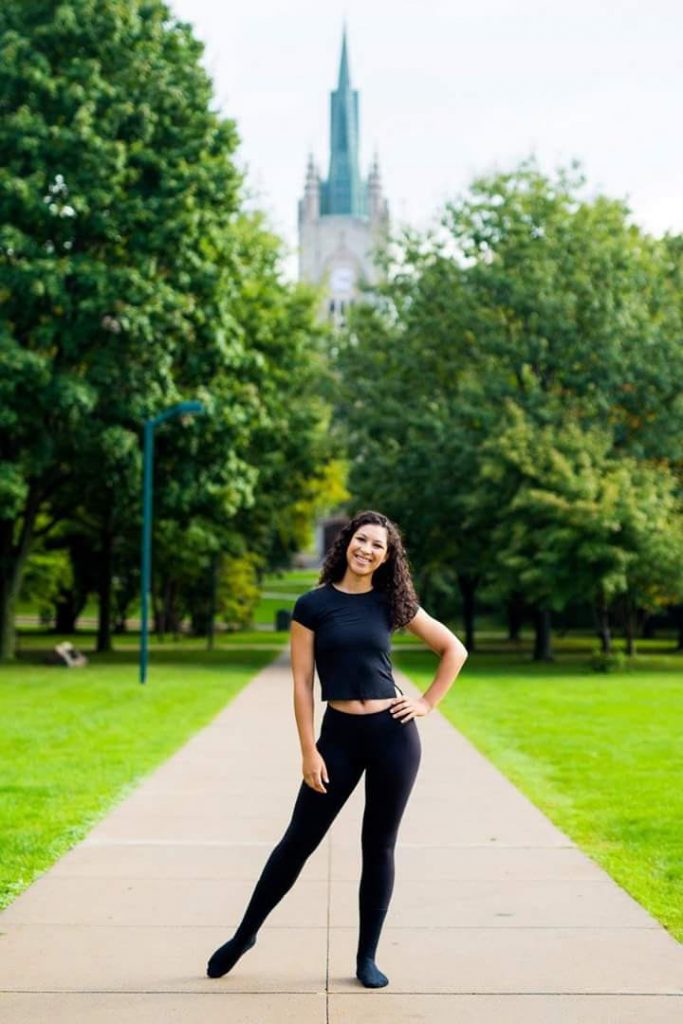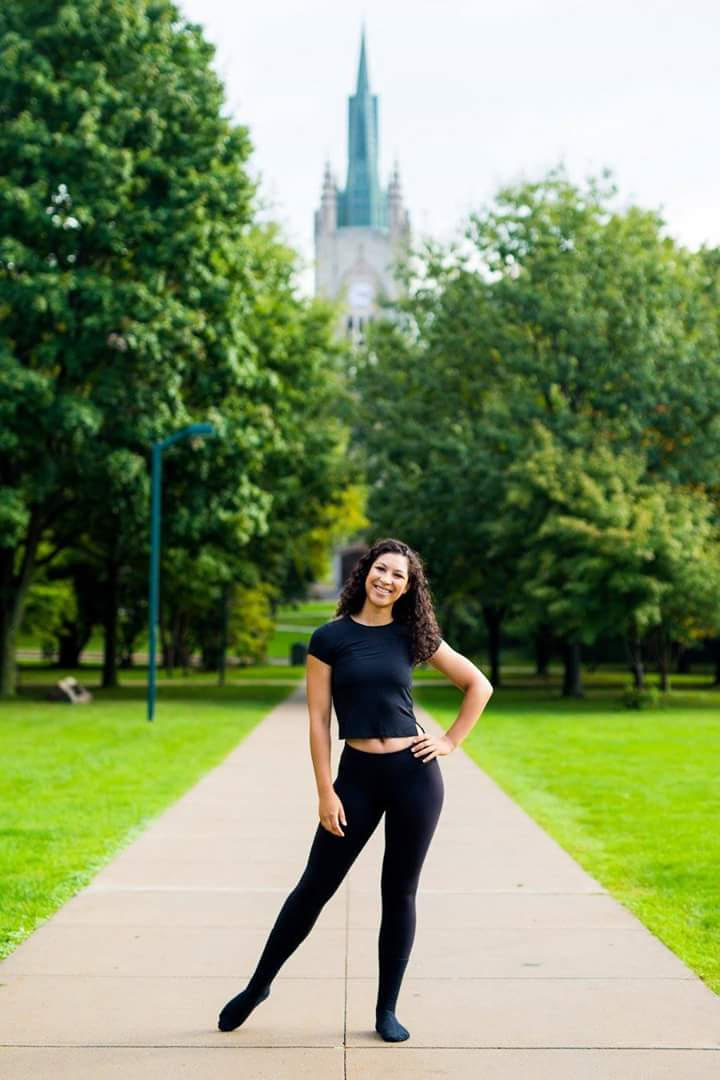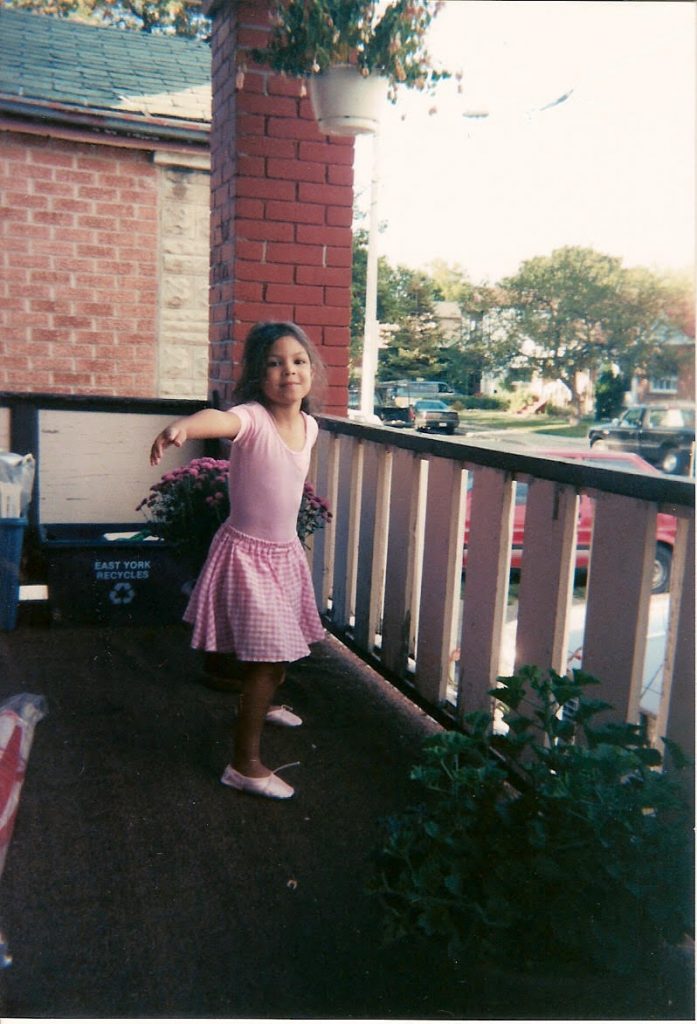
Growing up as a dancer, cross training wasn’t really a thing. If you needed to improve core your strength you planked, and if you needed to strengthen your leg muscles you did more sautés. The number of dancers who train with added resistance is growing, but many dancers are intimidated by the thought of lifting weights, or think it’s detrimental to their artistry.
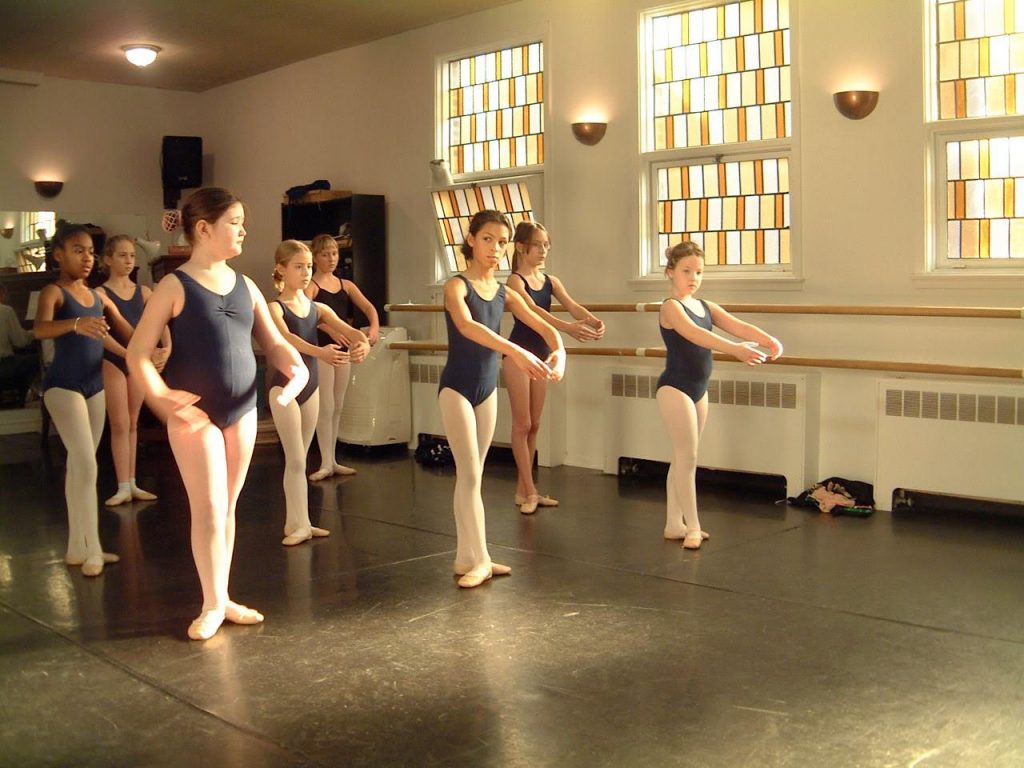
For years I believed the false ideas about strength training many dancers believe.
That resistance training would make me stiff, negatively affecting my flexibility, and that it would work the “wrong muscles”. I have since learned that’s not the case!
I always thought my strength would get in the way of my flexibility. Flexibility, I figured, would let me lift my leg that much higher, or arch my back just a little bit more. And while you need flexibility to lift your leg to your face, you also need strong muscles to help you do so.

A 2011 study found that there was no difference in flexibility between people who followed a static stretching program, and those who performed a full-range resistance training program with no added stretching. As long as you’re training safely and under the guidance of a skilled professional, resistance training won’t hurt your flexibility. Instead, it may improve it.
Pilates and yoga tend to be what dancers go to for strength training, since they’re similar to dance. However, repetitive movements can lead to imbalances in your body. The similarities between dance, pilates, and yoga may exacerbate those imbalances, rather than correcting them.
When I was younger I thought my soccer training was hurting my dancing, but what I’ve learned is that all the strength and agility training I did for soccer was actually helping me. My core and upper body were stronger and I had higher endurance. Strength training for dance is the same as it is for any sport: Work the muscles needed and counteract any imbalances.
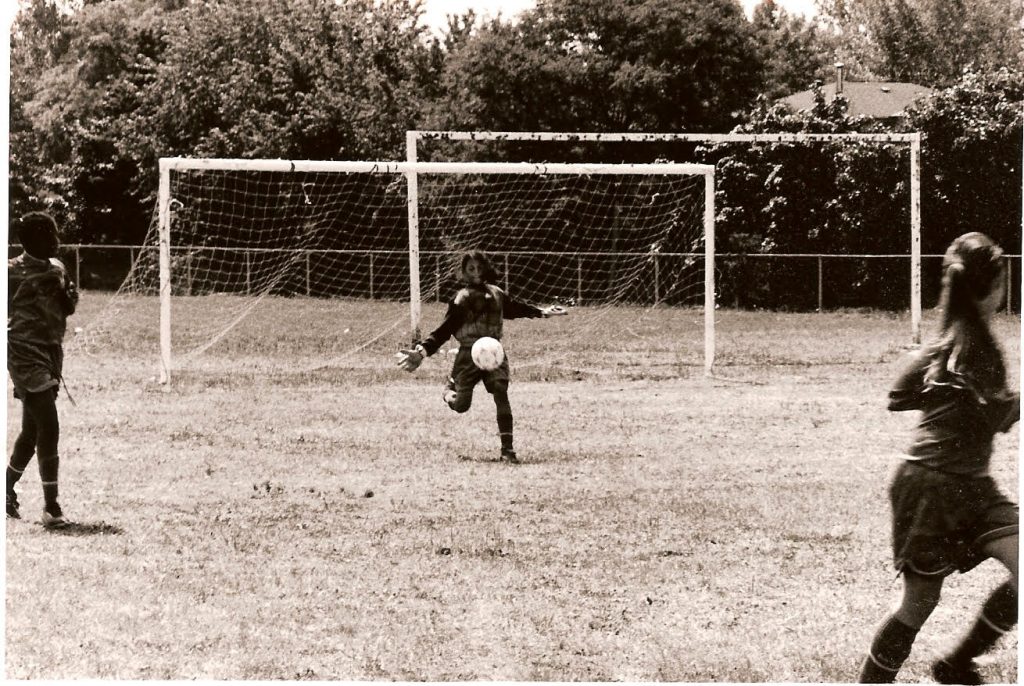
My dance teachers used to tell me not to “cheat” a move.
As a sassy teenager I didn’t think it really mattered as long as my audience couldn’t tell. If I wasn’t able to properly execute a move, I compensated. What I didn’t realize was that I was causing myself potential harm by simply “cheating” instead of strengthening the muscles needed to perform the movement correctly.
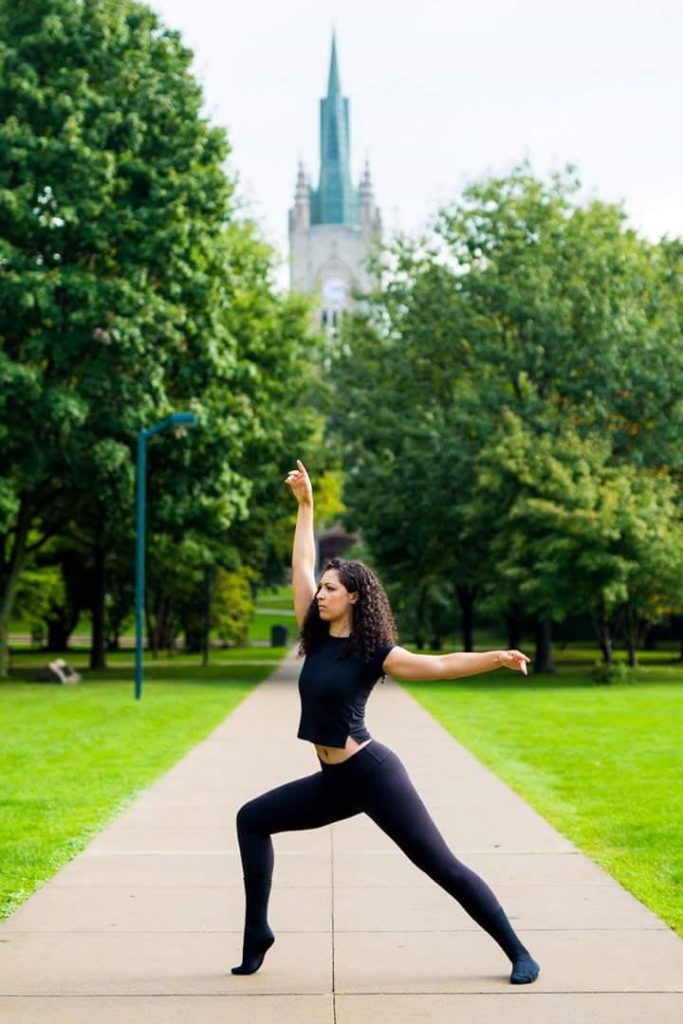
Resistance training also helps prevent injuries from hypermobility and weak muscles. As dancers we tend to have super mobile joints. Strengthening the surrounding muscles stabilizes your joints and helps you avoid injury.
I didn’t get into resistance training until university and at that time I didn’t understand the full scope of how it could benefit my dancing. It wasn’t until I joined the team at Iron Lion Training that I began to truly appreciate the connection between strength training and dance. From our first meeting in February of last year, Steph Iron Lioness has encouraged me to incorporate my history and experience as a dancer into what I teach, and how I coach. By taking movement ideas from dance, and deepening my understanding of the interconnectedness of all movement through biomechanics, ILT has allowed me to grow as a coach and a dancer.
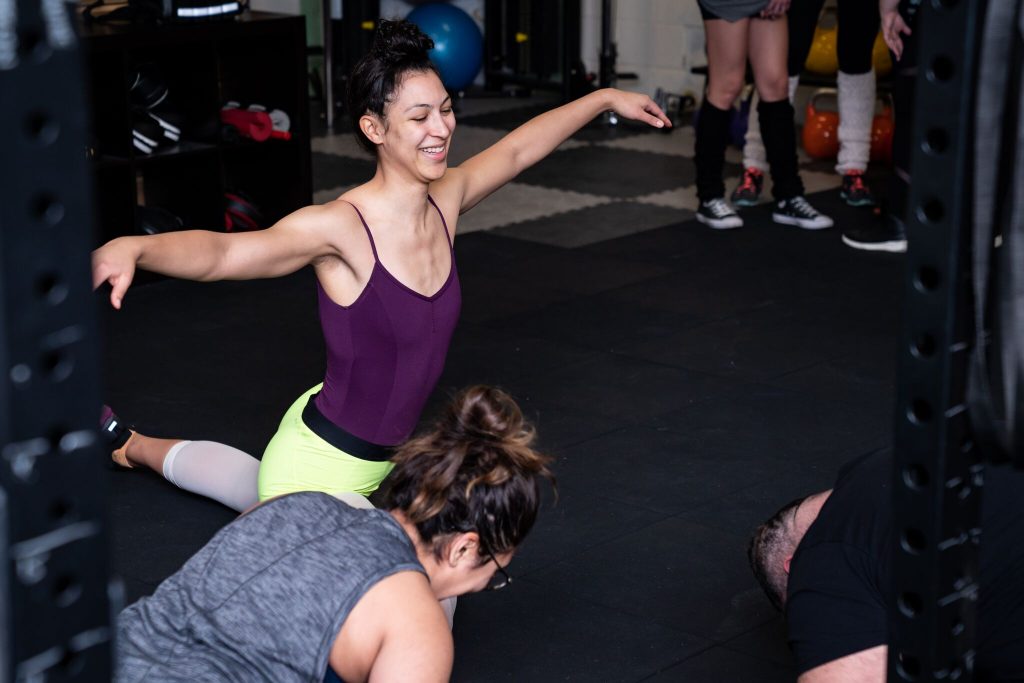
I hope by writing this that other dancers can discover how much resistance training can help them extend their longevity, and unleash their full potential as artists. The first step for me was in finding a safe space like ILT, where I could practice and play without judgement. If you’d like to try our unique combination of fitness, fun, and a complete absence of judgement, please check out our class schedule!
